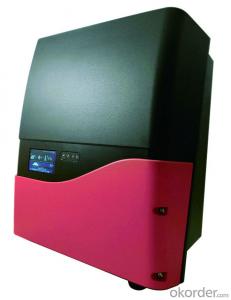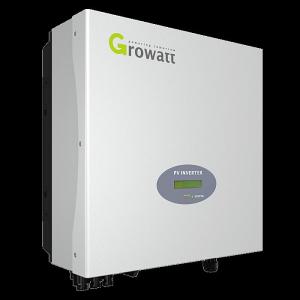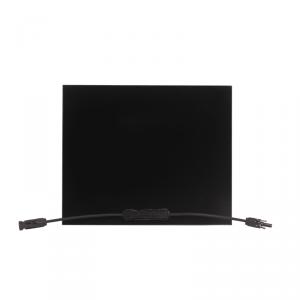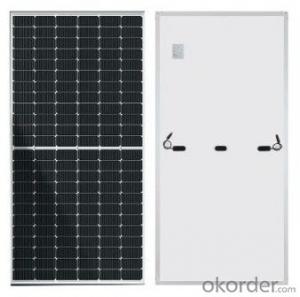Plug In Solar Inverter
Plug In Solar Inverter Related Searches
Install Solar Inverter Inverter With Solar Input Inverter In Solar Convert Inverter To Solar Solar Inverter Installed Inverter In Solar Power Plant Inverter With Solar Charger Solar Power To Inverter Solar To Inverter Inside Solar Inverter Inverter On Solar Panel Solar Inverter Installation Buy Solar Inverter Solar With Electric Inverter Use Of Solar Inverter Inverter In Solar Energy Solar To Inverter Connection Solar And Inverter Upgrade Solar Inverter Inverter For Solar Inverter With Battery Solar Smart Inverter Solar Smart Solar Inverter Solar Charger With Inverter Inverter Pump Solar Solar Solar Inverter Inverter With Solar Panel Solar Battery With Inverter Smart Solar Power Inverter Inverter With Solar PanelsPlug In Solar Inverter Supplier & Manufacturer from China
Plug In Solar Inverters are innovative devices that allow for the easy and efficient conversion of solar energy into usable electricity. These inverters are designed to be user-friendly, enabling individuals to harness the power of the sun without the need for complex installation processes. They are particularly useful for small-scale solar power systems, such as those found in residential settings or for powering remote devices.The application of Plug In Solar Inverters spans across various scenarios, from powering homes to charging batteries for off-grid applications. They are also commonly used in recreational vehicles, boats, and other mobile setups where a reliable and portable power source is required. These inverters are highly versatile, making them an ideal choice for those looking to reduce their reliance on traditional energy sources and embrace renewable energy solutions.
Okorder.com is a reputable wholesale supplier of Plug In Solar Inverters, boasting a vast inventory that caters to the diverse needs of customers worldwide. With a commitment to quality and customer satisfaction, Okorder.com ensures that each Plug In Solar Inverter is thoroughly tested and meets the highest industry standards. By offering competitive prices and a wide range of options, Okorder.com has become a go-to destination for those seeking reliable and efficient solar power solutions.
Hot Products
















































